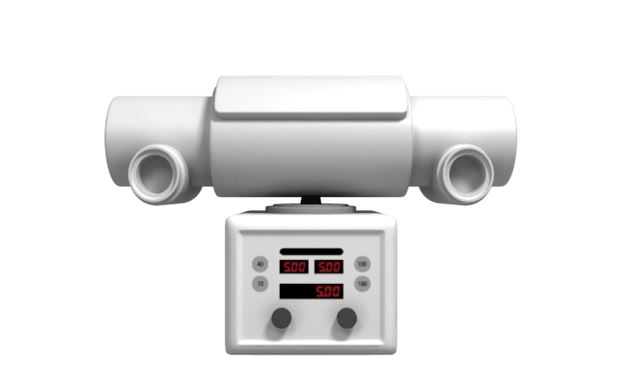

Library > Radiography > Radiography Theory > Radiographic Imaging
Try Simtics for free
Start my free trialRadiographic Imaging

Materials Included:
-

-

-

-

This theory module teaches you the key concepts that underpin radiographic imaging such as scatter radiation, exposure, and field size, and the tools and techniques available to create high-quality X-ray images. It covers important foundational knowledge that is required in order to perform radiographic procedures accurately and manage the factors that affect X-ray image quality. If you are studying for the American Registry of Radiologic Technologists® (ARRT) registry exams, this module is an ideal resource.
You’ll learn
- how scatter radiation affects image contrast and how to control scatter
- how to apply radiographic grids to a clinical situation
- the role of exposure factors in radiographic images
- how to identify and manage the various factors that can affect image quality, including film, geometric and subject factors
- much more (see “content details” for more specific information)
- Understand the production and control of scatter radiation and its effect on image contrast
- Describe the construction and performance characteristics of grids and apply this knowledge to the correct clinical situation
- Understand and discuss the relationship of factors that may influence x-ray quantity and quality
- Understand the purpose and construction, and explain the use, of the three types of technique charts
- Apply knowledge of the three major interrelated categories of radiographic quality
- Discuss the tools and techniques available to create high-quality images
- Identify and discuss the three categories of radiographic artifacts and explain their causes
The SIMTICS modules are all easy to use and web-based. This means they are available at any time as long as the learner has an internet connection. No special hardware or other equipment is required, other than a computer mouse for use in the simulations. Each of the SIMTICS modules covers one specific procedure or topic in detail. Each module contains:
- an online simulation (available in Learn and Test modes)
- descriptive text, which explains exactly how to perform that particular procedure including key terms and hyperlinks to references
- 2D images and a 3D model of applied anatomy for that particular topic
- a step by step video demonstration by an expert
- a quiz
- a personal logbook that keeps track of all the modules the learner has studied and how long
For more details on features and how your students can benefit from our unique system, click here.





